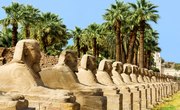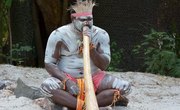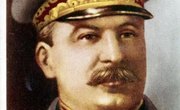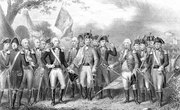Today the Karankawa Indians are extinct, but they were once an important tribe located in the southeastern part of Texas. The people were highly religious and had little use for an organized form of government. They did, however, place their shaman in a position of power and use two chiefs during war and peace times to organize their people.
History
Spanish explorers first encountered the Karankawa Indians during the early part of the 16th century, but little was recorded until a century later. In 1891, a definitive book on the tribe was published by an author named Gatschet. Gatschet was the first to claim that the tribe relied predominantly on two type of chiefs as a form of tribal government. This theory was later supported by historians and experts after more research was completed.
Types
The Karankawa government was divided into two categories: civil chiefs and war chiefs. Civil chiefs were appointed by those in the tribe. These men were responsible for keeping everything in order and moving the tribe forward when it came time for the nomads to move onto a new area. The war chief only took over when the Karankawa went into battle or fought with another group of people. This chief was appointed by being the first-born male of the eldest in the tribe.
Features
Historians believe that at any point in the history of the Karankawa, there were two men taking control of the tribe. One man served as the war chief, while another served as the civil chief. These men took turns controlling the tribe and leading them forward. The war chief was only used during cases of battle, with the civil chief taking over the leadership position during times of peace. This man would plan and arrange events and gatherings the tribe held.
Considerations
Though he wasn’t considered a governing body or held an official position, the Karankawa placed a lot of power in the hands of the shaman. This man was believed to be the most powerful and important person in the tribe, which placed him in a position of entitlement. The others in the tribe looked up to him and turned to him for advice and support. After the man died, they would mourn for at least a year and then cremate his body.
Theories/Speculation
One theory put forth regarding the Karankawa tribe states that the tribes never really used any official form of government. Some historians have noted that even the appointed chiefs weren’t really used except in special cases. The civil chief, for example, had no power, and the war chief only had power once the battle began. Historians have also noted that any positions of power were reserved solely for men, with women never earning any title.
Related Articles
Writer Bio
Jennifer Eblin has been a full-time freelance writer since 2006. Her work has appeared on several websites, including Tool Box Tales and Zonder. Eblin received a master's degree in historic preservation from the Savannah College of Art and Design.










